40 food labels low fat
Get Smart On Carbs | ADA - American Diabetes Association As you’ll see on the nutrition labels for the food you buy, the term “total carbohydrate” refers to all three of these types. The goal is to choose carbs that are nutrient-dense, which means they are rich in fiber, vitamins and minerals, and low in added sugars, sodium and unhealthy fats. When choosing carbohydrate foods: How to Read Food Labels Without Being Tricked - Healthline Aug 19, 2020 · The low carb, high fat Banting diet dates back to 1862 and regained popularity in 2013. This article reviews the Banting 2.0 diet and whether it works… READ MORE
Food labels - NHS Food labels Nutrition labels can help you choose between products and keep a check on the amount of foods you're eating that are high in fat, salt and added sugars. ... High: more than 17.5g of fat per 100g Low: 3g of fat or less per 100g. Saturated fat. High: more than 5g of saturated fat per 100g Low: 1.5g of saturated fat or less per 100g.

Food labels low fat
Low-Fat Foods - American Cancer Society Jun 09, 2020 · A good rule of thumb when you’re reading food labels: For every 100 calories, if the product has 3 grams of fat or less, it’s a low-fat product. ... and some salad dressings that get most of their calories from fat must have half or less than half the fat of the regular version of the food to be called “light.” These foods don’t have ... Reading food labels: Tips if you have diabetes - Mayo Clinic Jun 25, 2021 · But don't be fooled by "fat-free" food labels. Fat-free can still have carbohydrates. Fat-free foods can have more carbohydrates and contain nearly as many calories as the standard version of the same food. ... A low amount is 5% or less; 20% or more is high. Look for foods with fats, cholesterol and sodium on the low end of the ... Food additives | Food Standards Agency Food additives are grouped by what they do. The additives that you are most likely to come across on food labels are: antioxidants – these stop food becoming rancid or changing colour by reducing the chance of fats combining with oxygen; colours; emulsifiers, stabilisers, gelling agents and thickeners – these help to mix or thicken ingredients
Food labels low fat. Recipes & Nutrition | ADA - American Diabetes Association As you’ll see on the nutrition labels for the food you buy, the term “total carbohydrate” refers to all three of these types. When it comes to choosing foods with carbs, the goal is to choose carbs that are nutrient-dense, which means they are rich in fiber, vitamins and minerals, and low in added sugars, sodium and unhealthy fats. Reading Food Labels | ADA - American Diabetes Association It’s time to decode those food claims. Trying to figure out nutritional information on labels and packaging isn’t easy. The good news is that we can help. Untangle packaging claims. If you get tripped up on food content claims, you’re not alone. Fat free vs. low fat vs. reduced fat. Low ... Food labels - Better Health Channel Nutrition claims on food labels. Don’t be misled, terms used by manufacturers are often misleading. For example: The term ‘light’ or ‘lite’ doesn’t necessarily mean that the product is low in fat or energy (kilojoules). The term ‘light’ may refer to the texture, colour or taste of the product. Eggs | The Nutrition Source | Harvard T.H. Chan School of Public … The bottom line: While eggs may not be the optimal breakfast choice, they are certainly not the worst, falling somewhere in the middle on the spectrum of food choice and heart disease risk. For those looking to eat a healthy diet, keeping intake of eggs moderate to low will be best for most, emphasizing plant-based protein options when possible.
Food additives | Food Standards Agency Food additives are grouped by what they do. The additives that you are most likely to come across on food labels are: antioxidants – these stop food becoming rancid or changing colour by reducing the chance of fats combining with oxygen; colours; emulsifiers, stabilisers, gelling agents and thickeners – these help to mix or thicken ingredients Reading food labels: Tips if you have diabetes - Mayo Clinic Jun 25, 2021 · But don't be fooled by "fat-free" food labels. Fat-free can still have carbohydrates. Fat-free foods can have more carbohydrates and contain nearly as many calories as the standard version of the same food. ... A low amount is 5% or less; 20% or more is high. Look for foods with fats, cholesterol and sodium on the low end of the ... Low-Fat Foods - American Cancer Society Jun 09, 2020 · A good rule of thumb when you’re reading food labels: For every 100 calories, if the product has 3 grams of fat or less, it’s a low-fat product. ... and some salad dressings that get most of their calories from fat must have half or less than half the fat of the regular version of the food to be called “light.” These foods don’t have ...



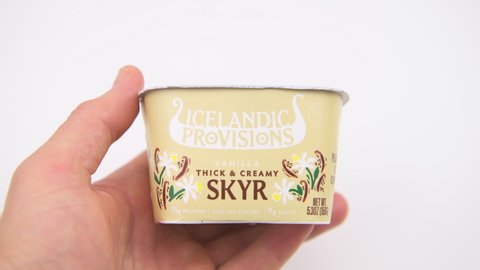
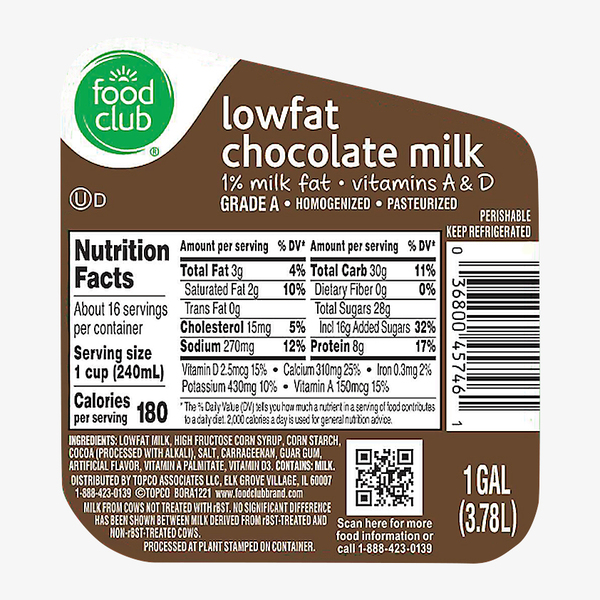

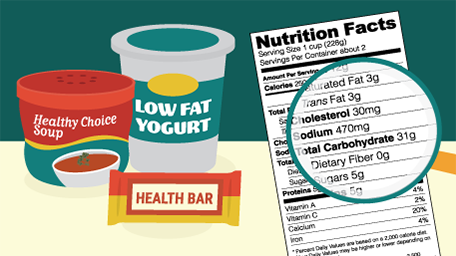


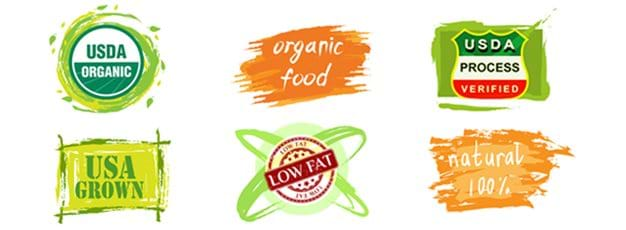
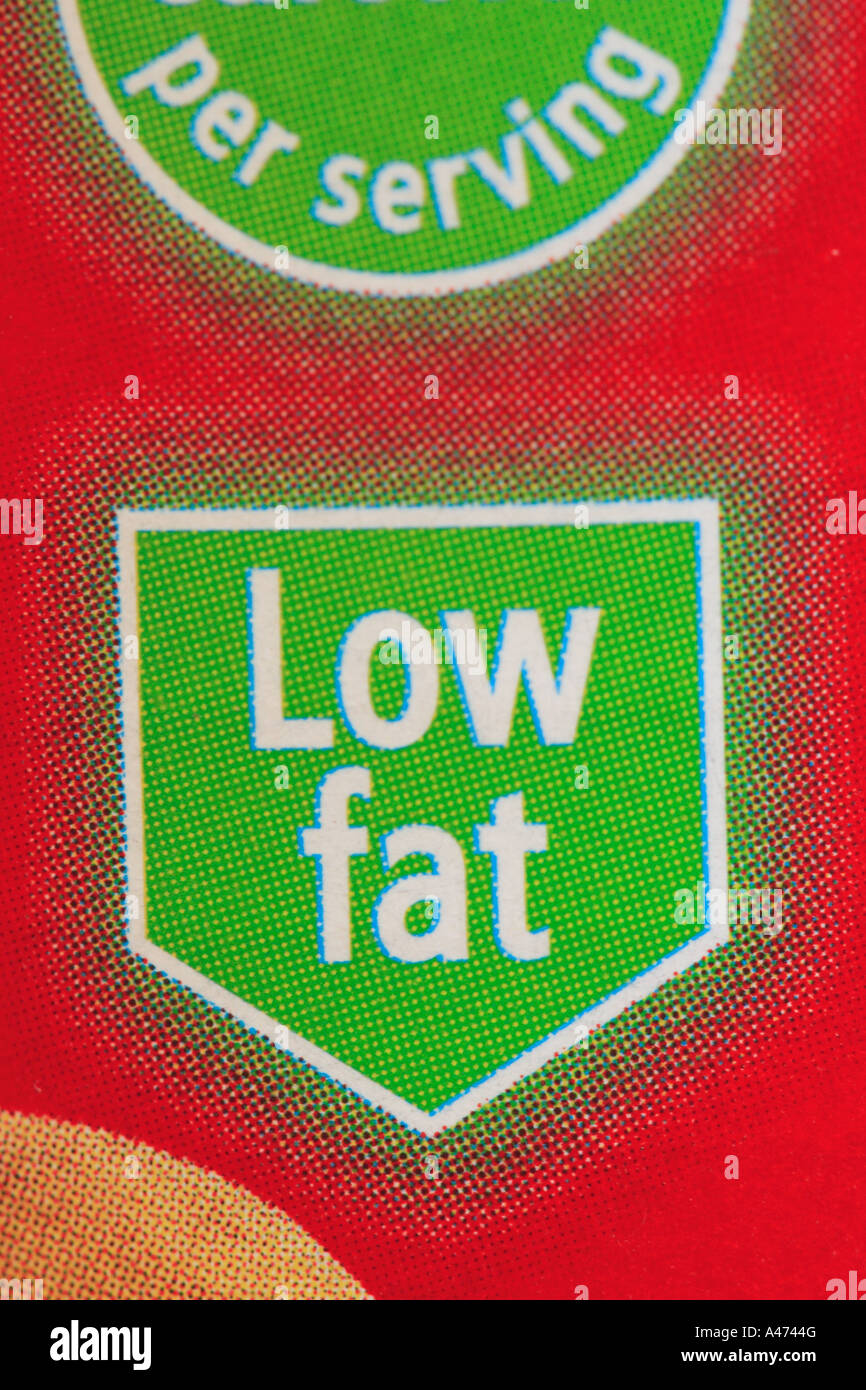
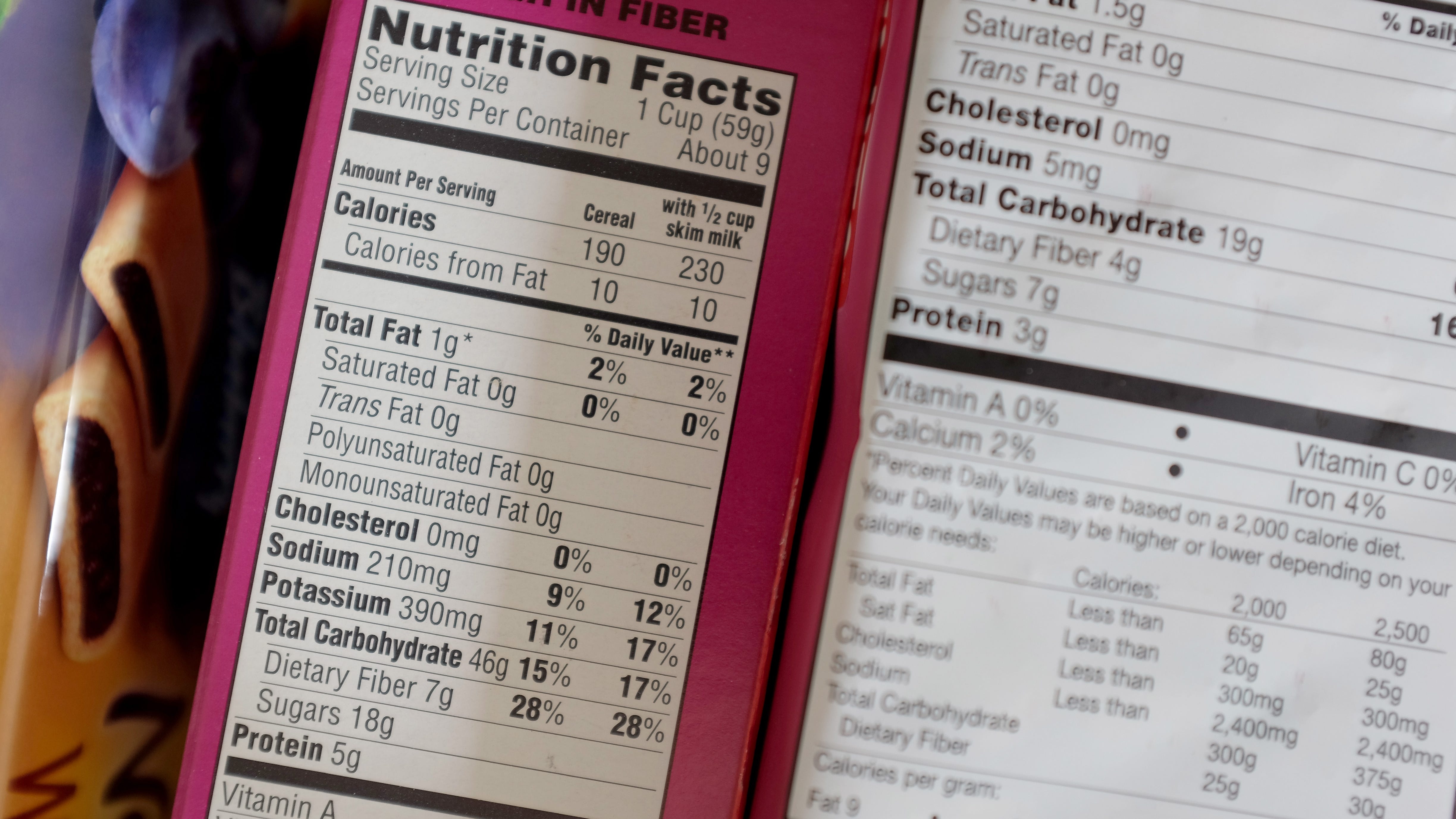
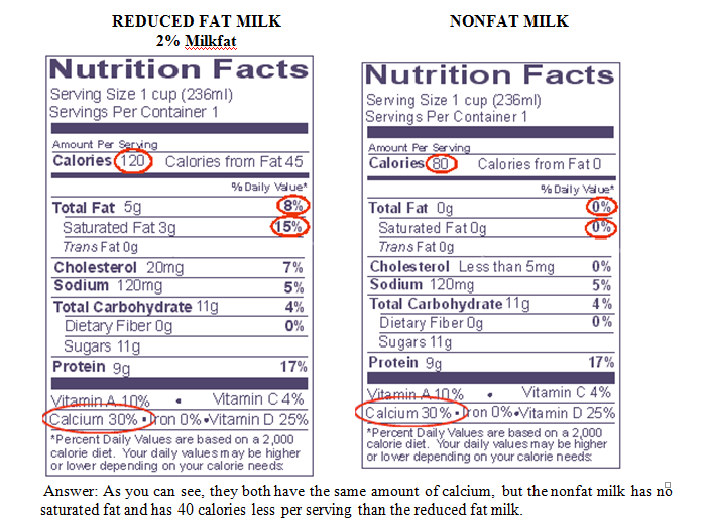



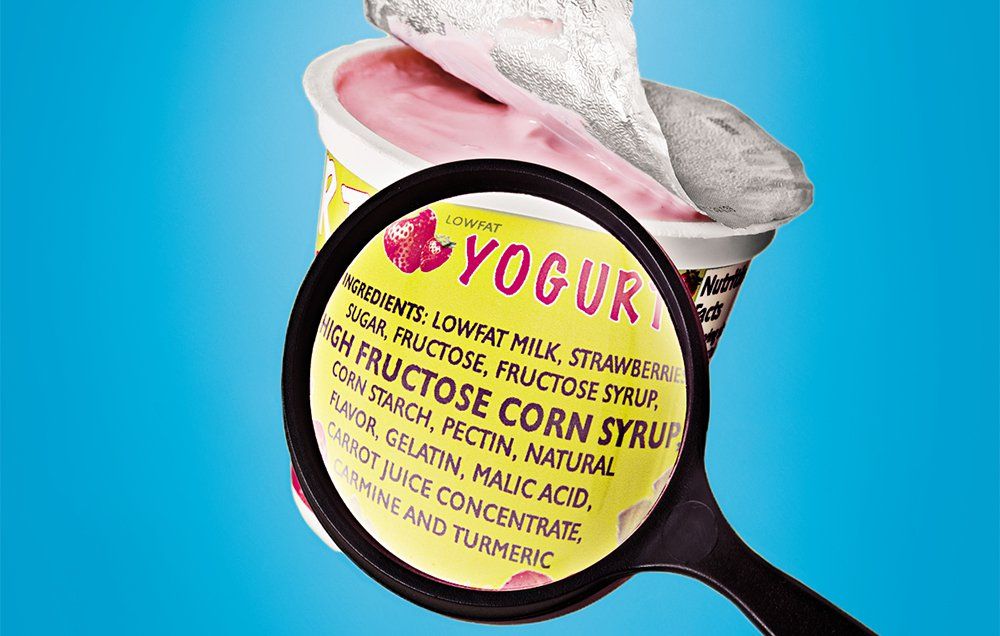
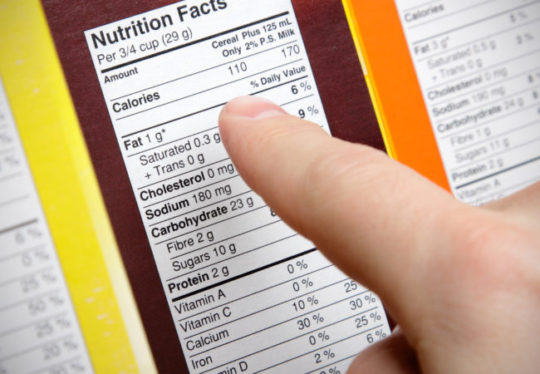
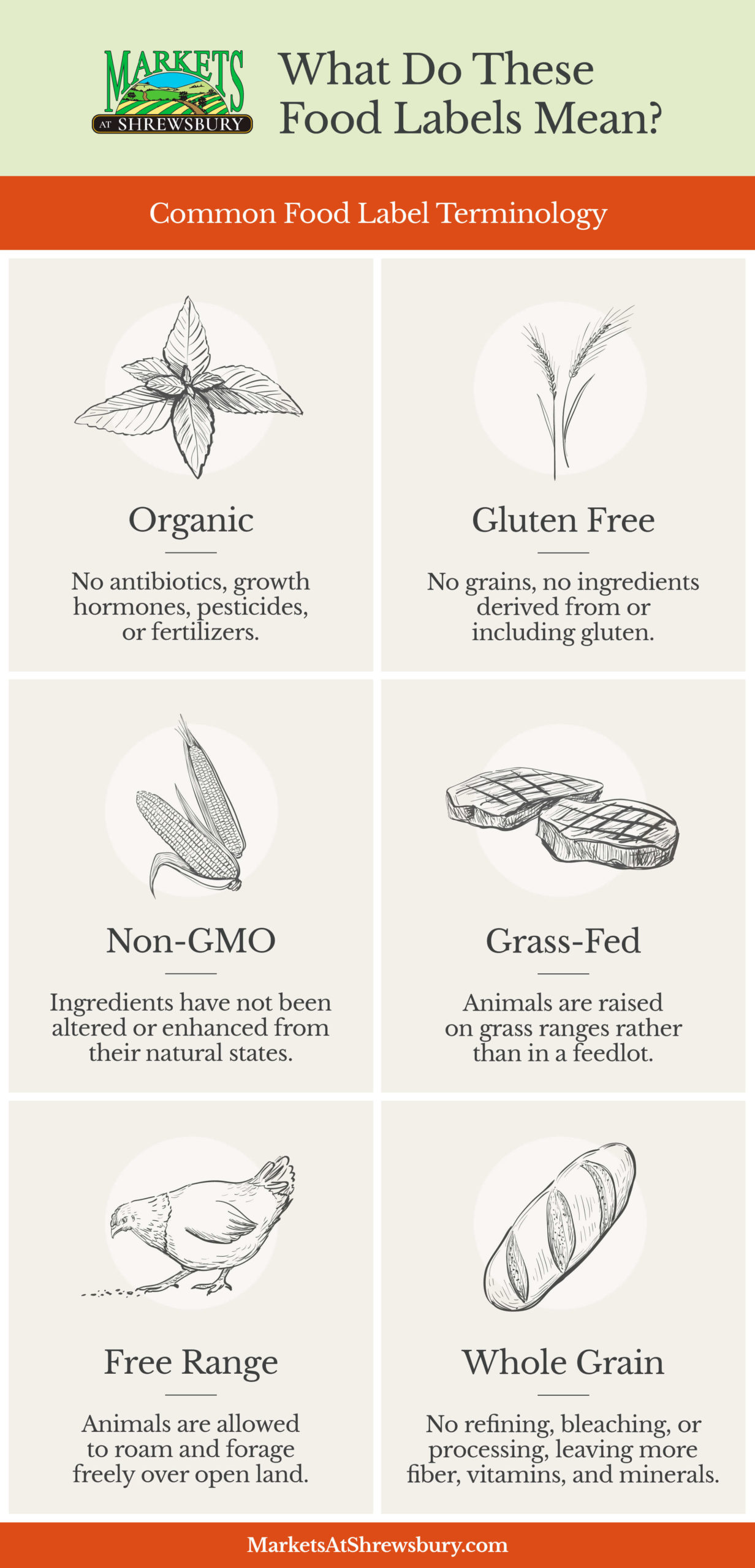

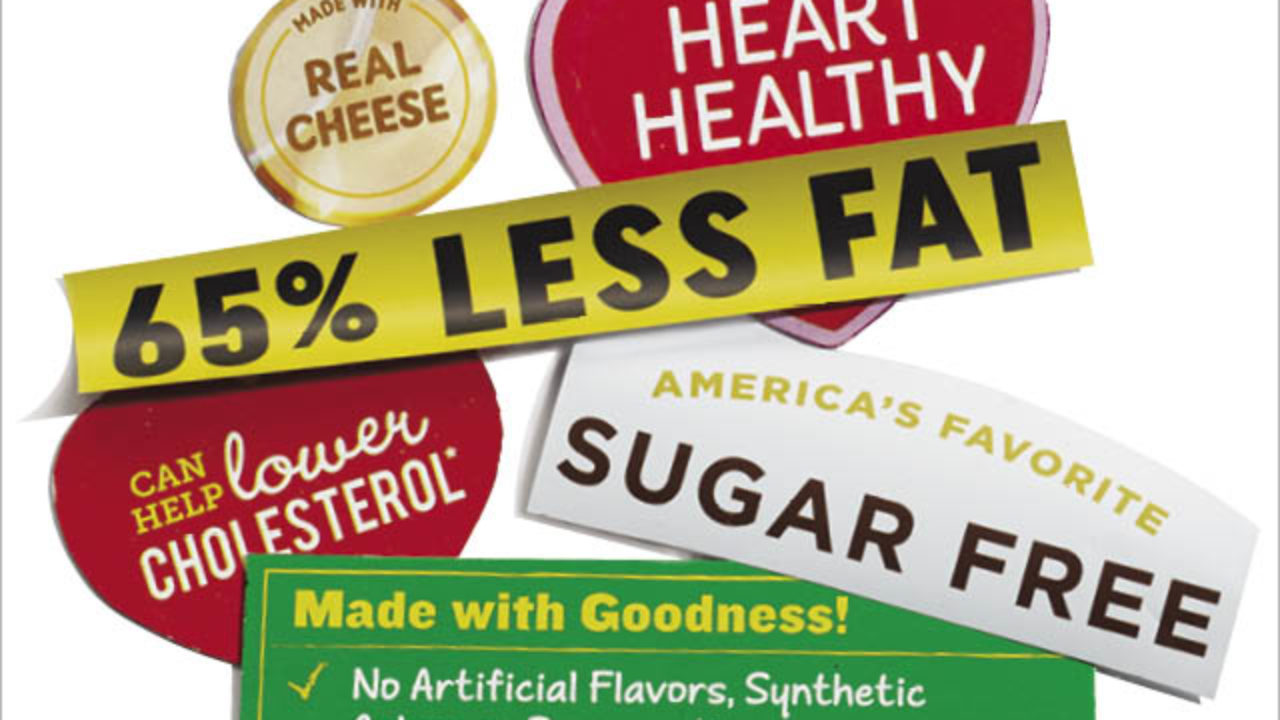



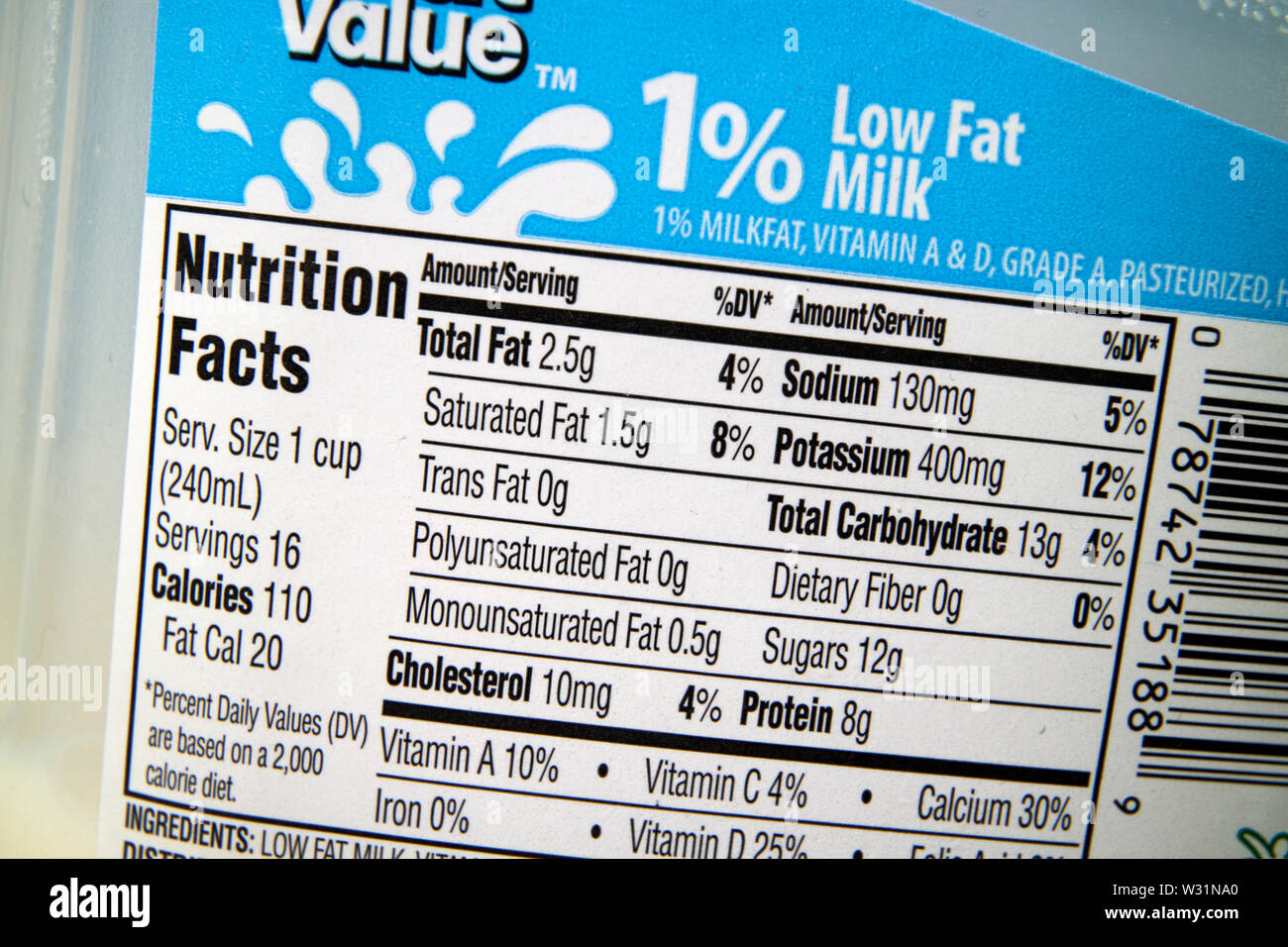


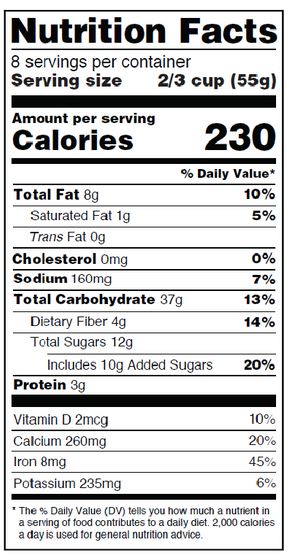
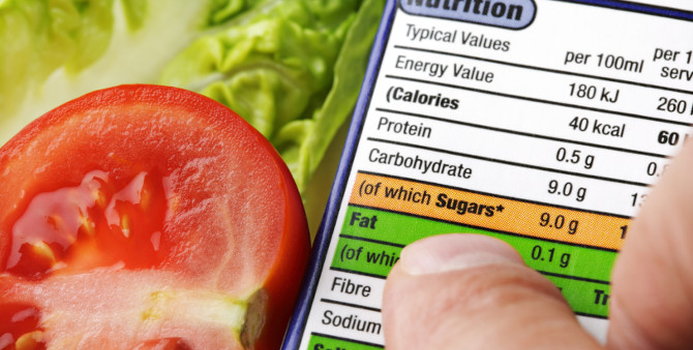

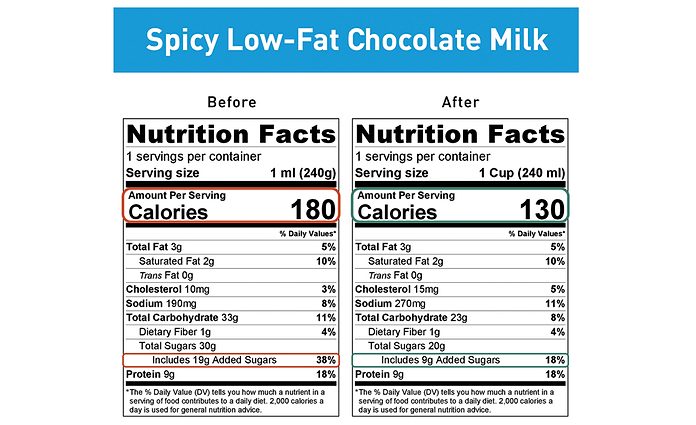
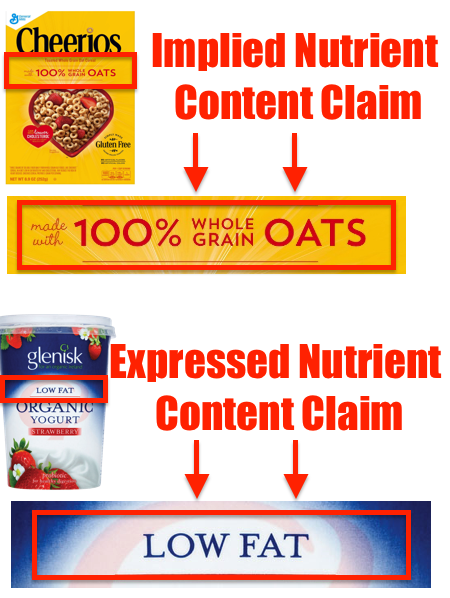
Post a Comment for "40 food labels low fat"